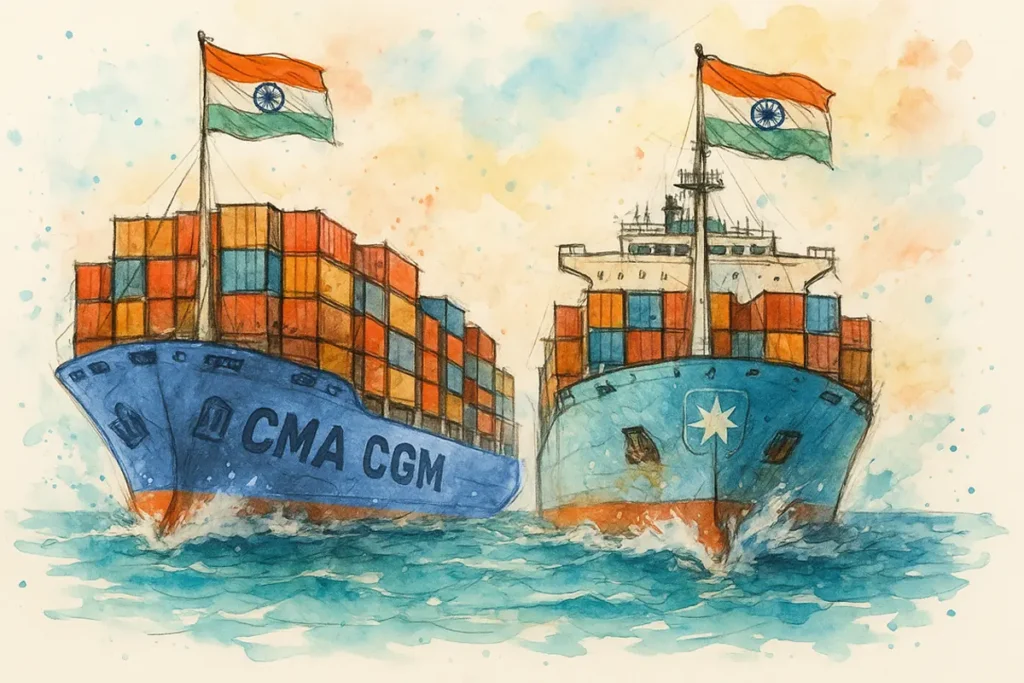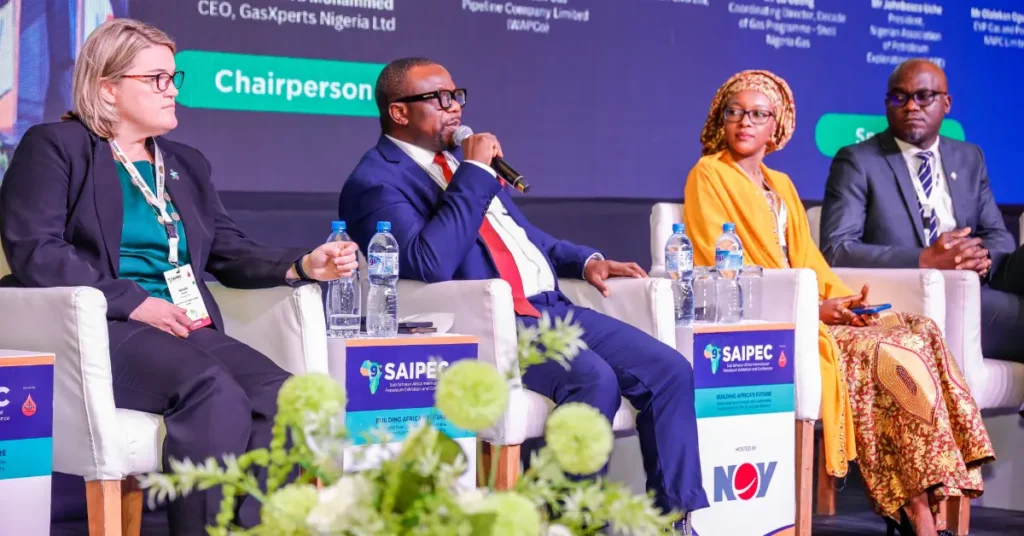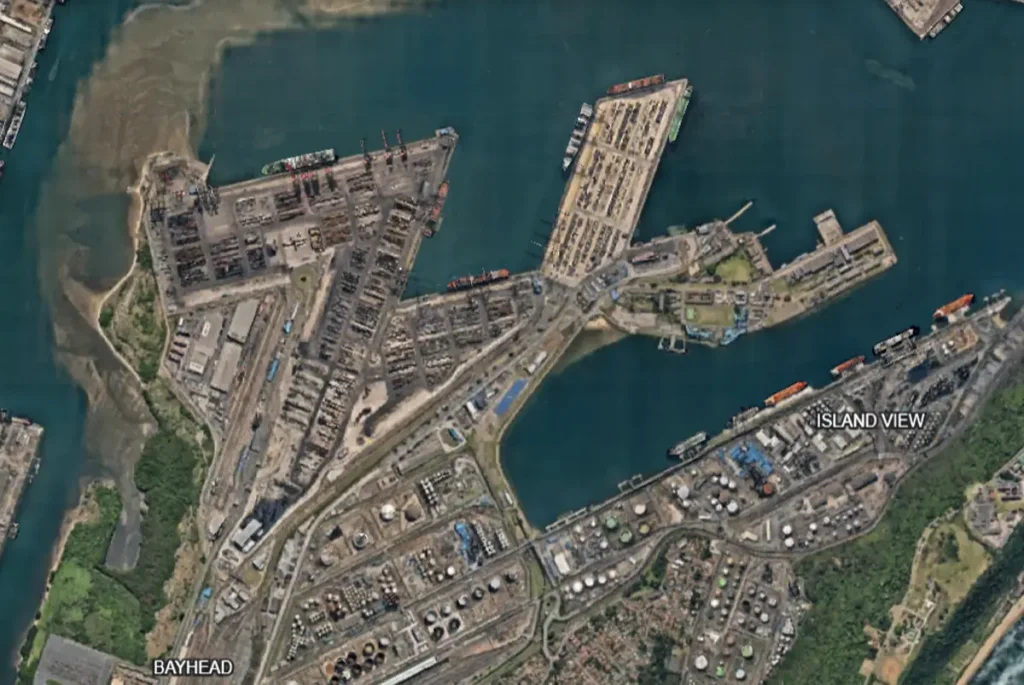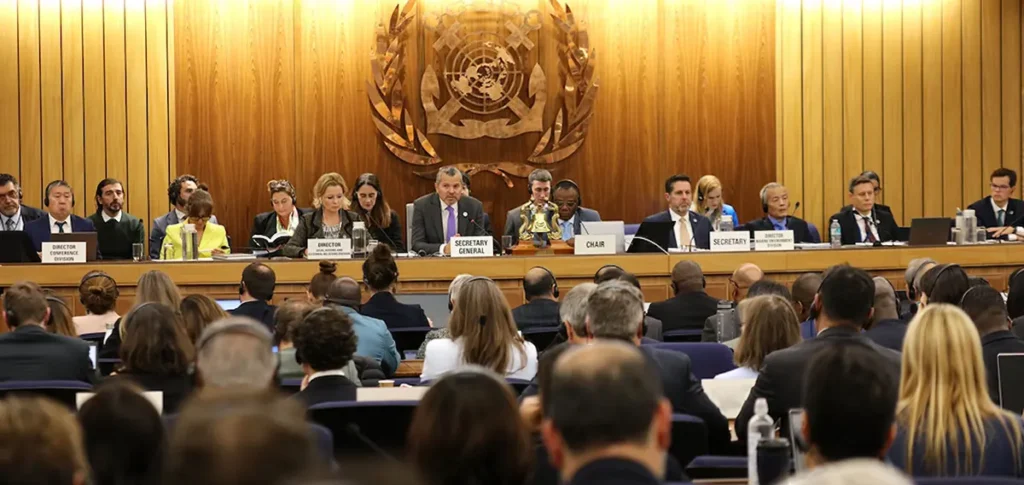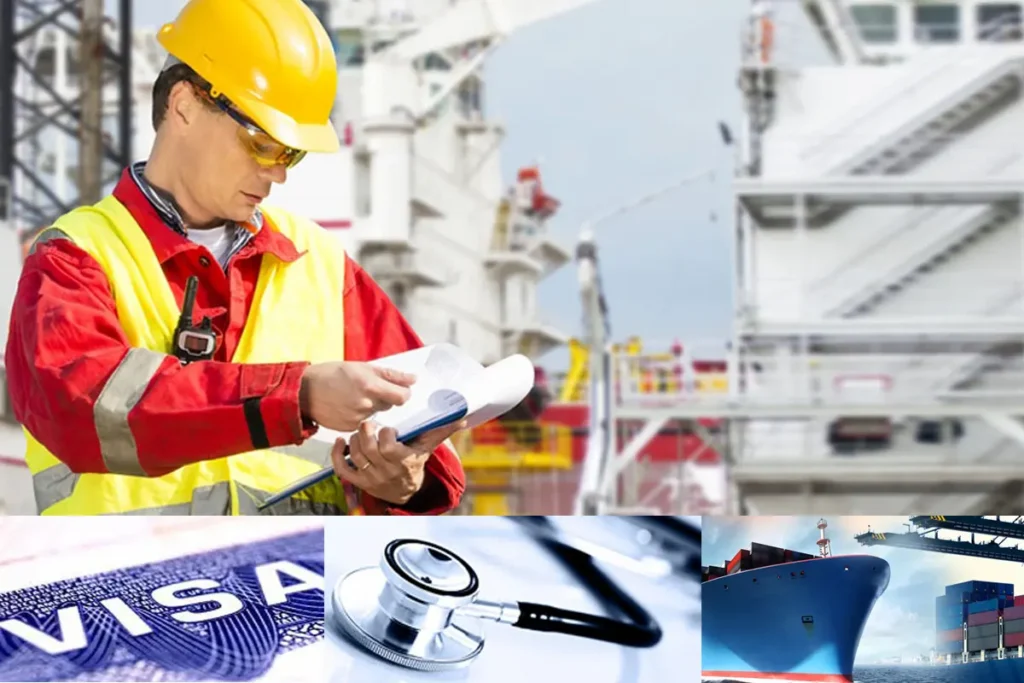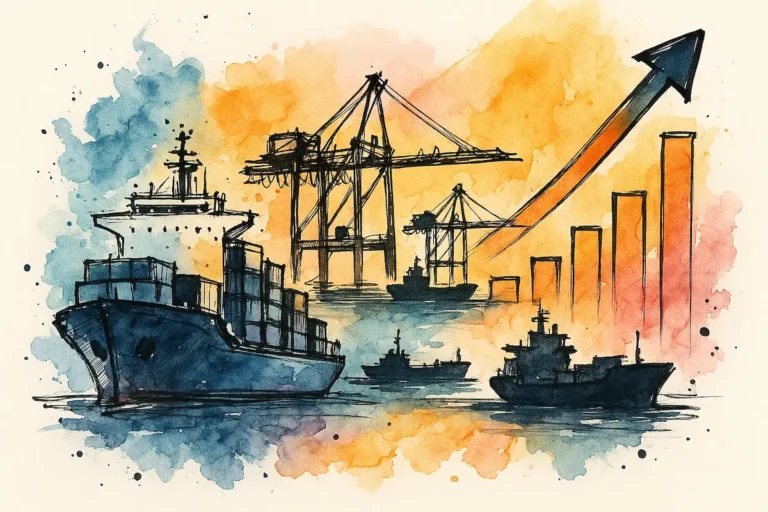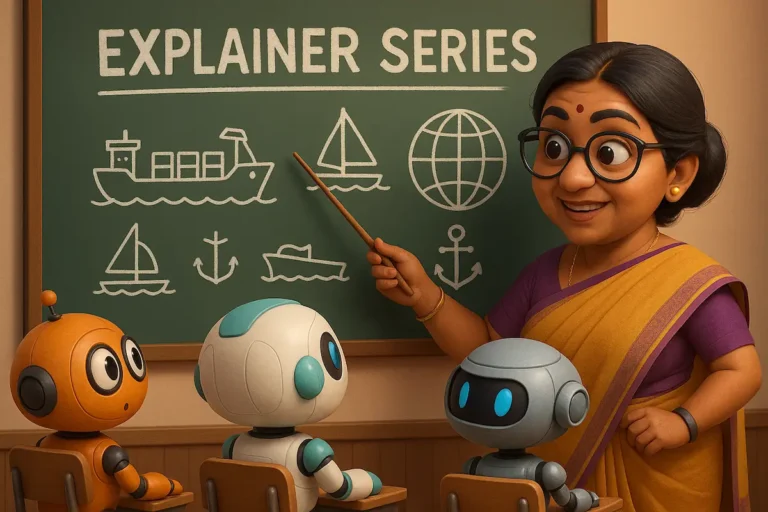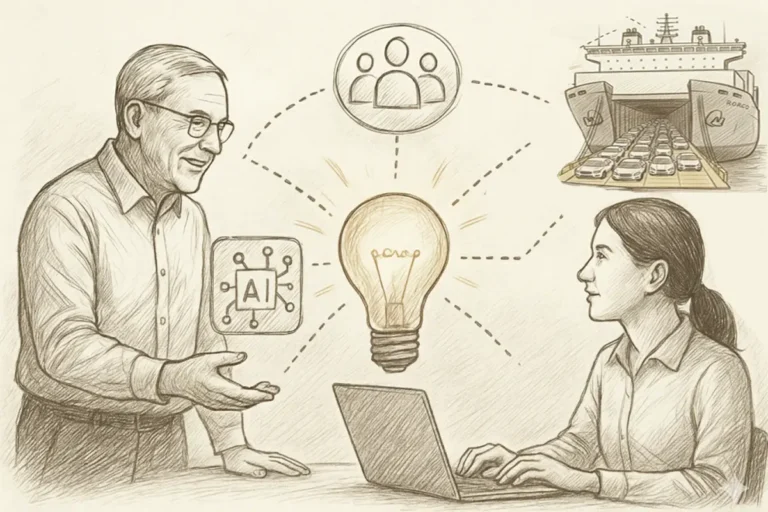Digital transformation in shipping and freight is now in a mature state, though ongoing refinements continue. Most companies have adopted digital solutions for documentation, customs compliance, and real-time visibility.
Data analytics and AI are used widely to predict demand, optimize routes, and enhance supply chain resilience.
Using blockchain for document authentication has become standard, and predictive analytics now help companies anticipate and prevent disruptions.
Digital platforms and centralized systems for trade data have improved transparency and interoperability across regions, leading to a more connected global trade network.
Skills development has also caught up, with most companies implementing robust training programs focused on digital skills, cybersecurity, and data literacy.
Additionally, partnerships with educational institutions have created a steady pipeline of talent well-versed in trade technology and digital processes.
Despite progress, certain challenges remain. Smaller companies are still catching up, and there’s an ongoing need for flexible, standardized regulatory frameworks to keep up with technological advances.
Overall, the industry has transformed but continues to adapt as technology evolves, with digital transformation now viewed as a continuous process rather than a final destination.




